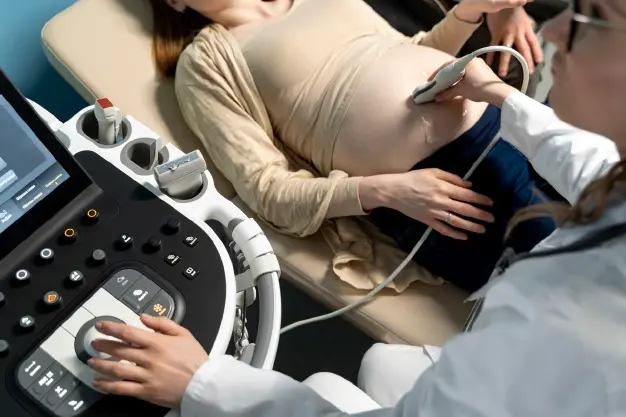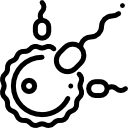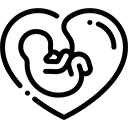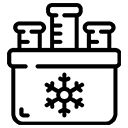 11 Link Road, Lajpat Nagar,
Jalandhar City
11 Link Road, Lajpat Nagar,
Jalandhar City
Laser-Assisted Hatching (LAH) is a specialized technique used in assisted reproductive technology (ART) during in vitro fertilization (IVF) procedures. The process includes making a tiny hole or opening in the zona pellucida, the layer that surrounds the embryo, using a laser. This method is mostly used to assist the embryo in hatching, or breaking through, this barrier so that it can more readily implant into the uterine wall.
We understand the value of providing personalized care. As a result, the choice to include LAH in an IVF treatment plan is carefully thought out, taking into account the particular needs and circumstances of each patient. To assist our patients in achieving their goal of starting a family, we use cutting-edge methods and technologies.


LAH has the ability to make the process of embryo hatching easier, which may increase the likelihood of a successful implantation into the uterine lining.

LAH may raise the chance of pregnancy by aiding the embryo's hatching, particularly in situations where prior IVF treatments have failed.

LAH may increase the chances of successful implantation for women who are older mothers, as they may have thicker zona pellucida.

By assisting frozen-thawed embryos that may have rigid zona pellucida, LAH can improve the likelihood of successful implantation following transfer.

When all other possible causes of infertility have been exhausted, LAH may facilitate the implantation of the embryo, resulting in a healthy pregnancy.
Over-35 or over-40-year-old women may have eggs with a thicker zona pellucida, which may hinder hatching.
Those who have experienced IVF cycles that have failed should think about LAH.
An embryo's abnormally thick or rigid zona pellucida may obstruct the hatching process naturally.
The zona pellucida may stiffen throughout the freezing procedure if frozen-thawed embryos are used in this situation.
After all other potential causes have been exhausted, couples experiencing infertile problems may choose to explore LAH as a means of increasing the likelihood of a successful implantation.
During the process, an embryologist uses a short, intense light beam to break the embryo's shell and allow it to emerge under a microscope. This is often carried out during an Intracytoplasmic Sperm Injection (ICSI) cycle, three to five days following fertilization. It doesn't hurt the embryo and simply takes a few seconds. After that, the embryo is placed back into the patient's uterus so it can adhere to the lining and develop further.

Aarti Hospital 2025. All rights reserved.